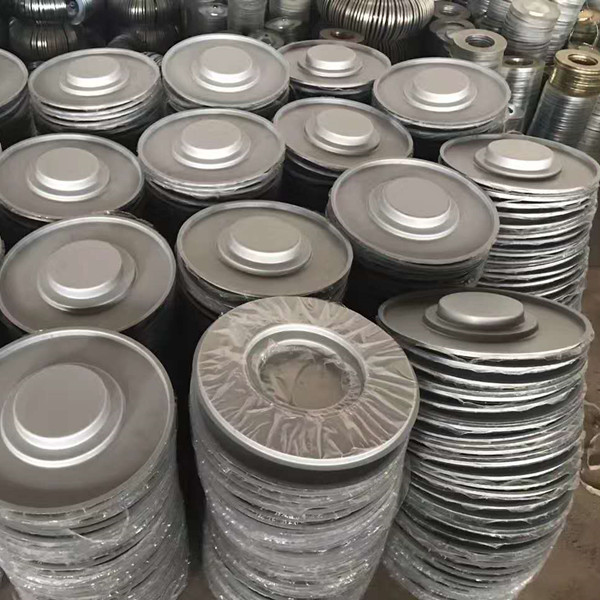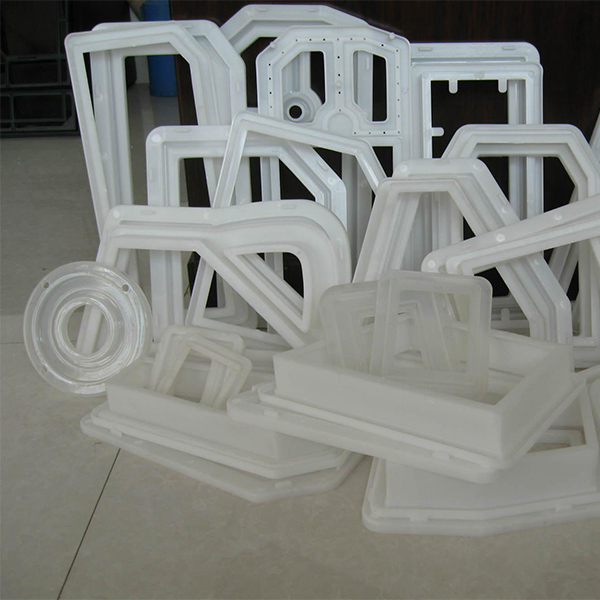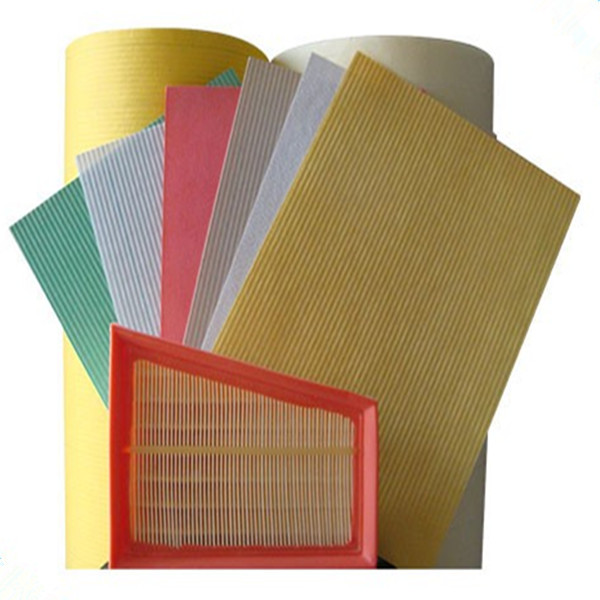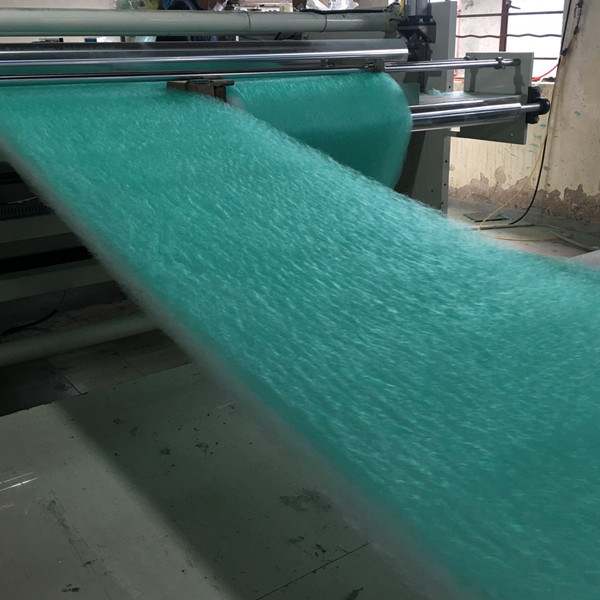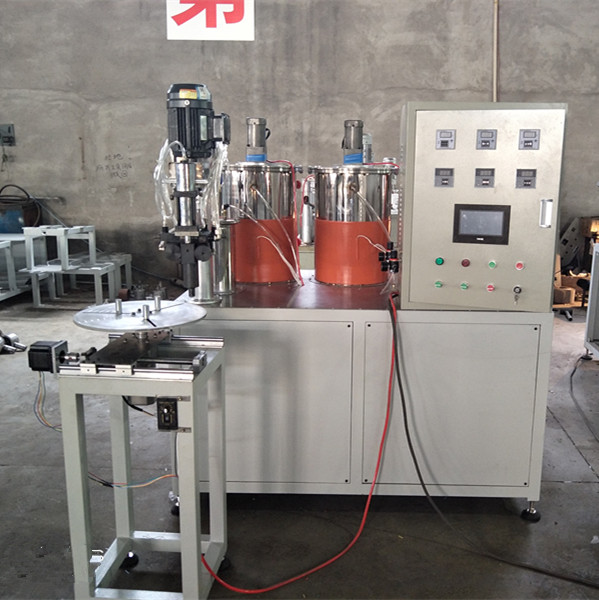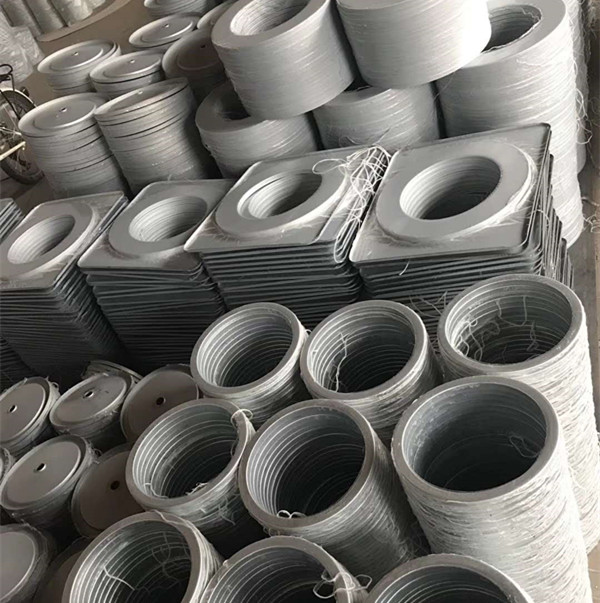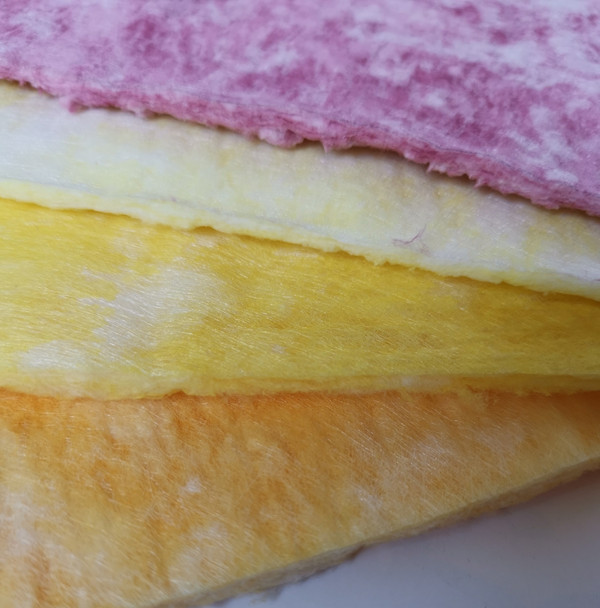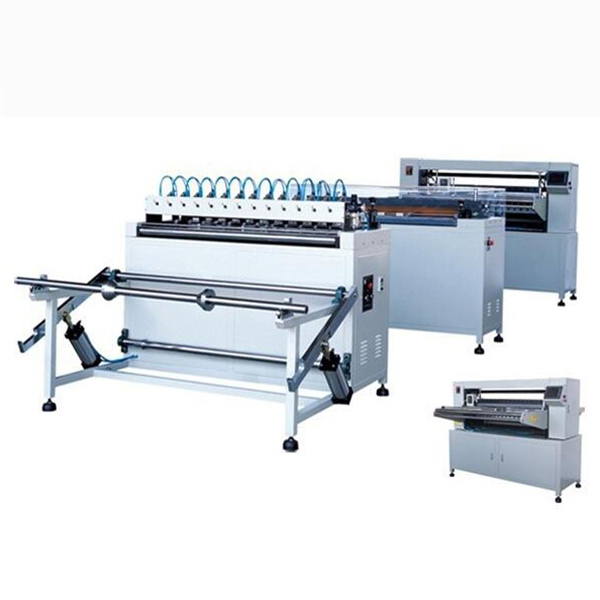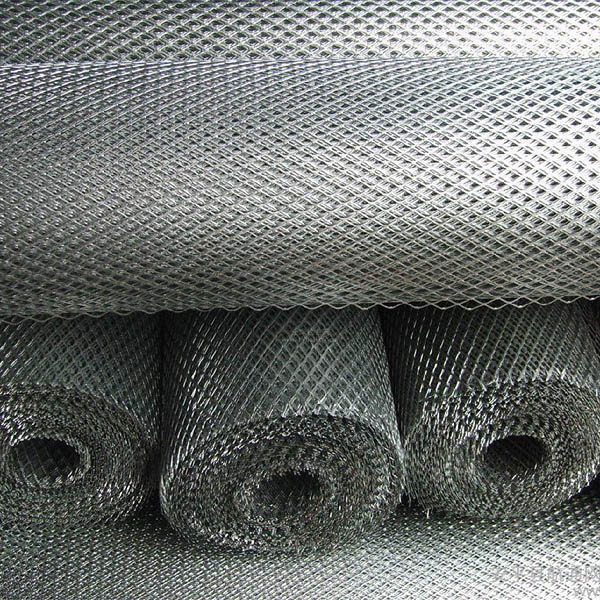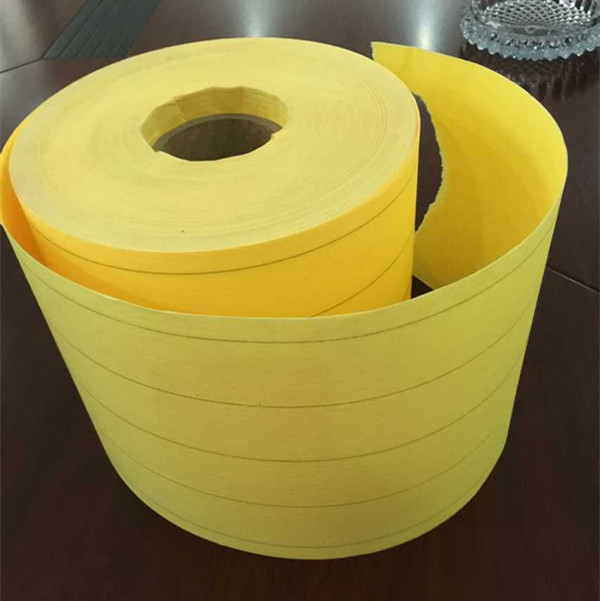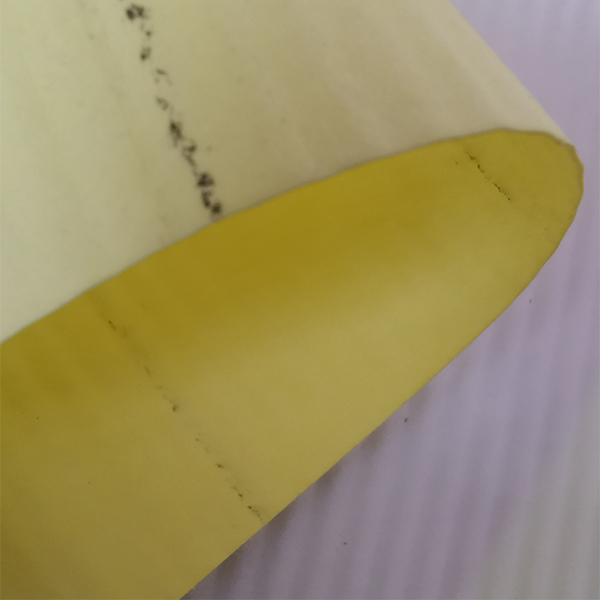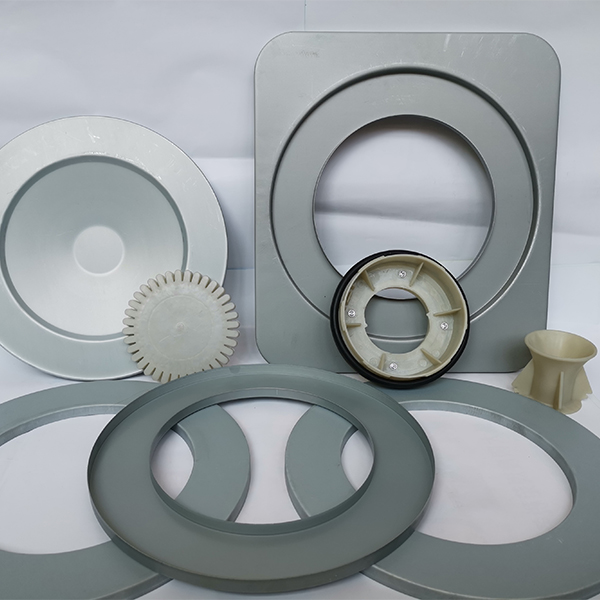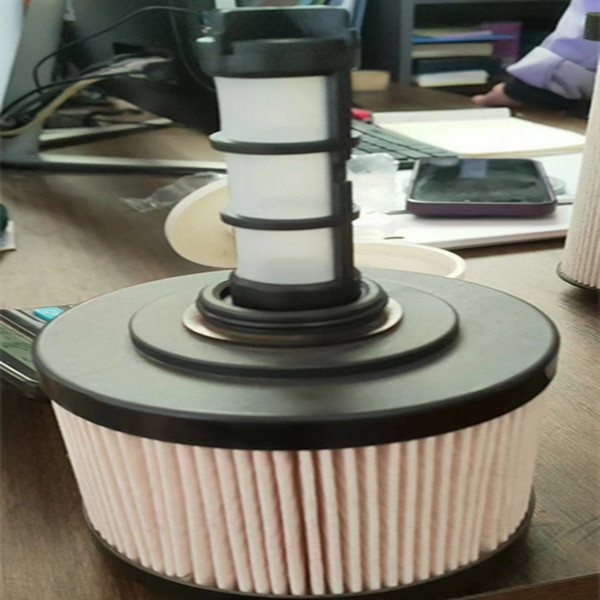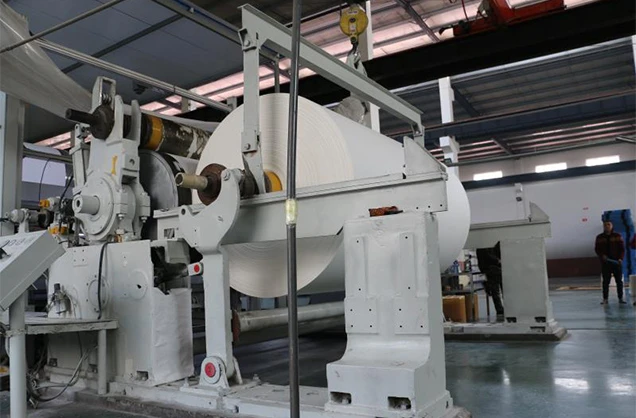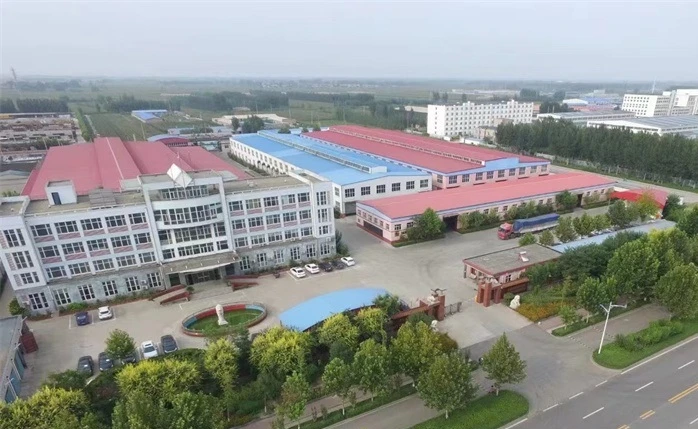Did you know 9 out of 10 industrial facilities lose $18,000+ annually from poor air filtration? While you battle dust outbreaks and equipment corrosion, competitors using premium dust filter material
achieve 40% longer machinery life. Your next strategic advantage starts here.
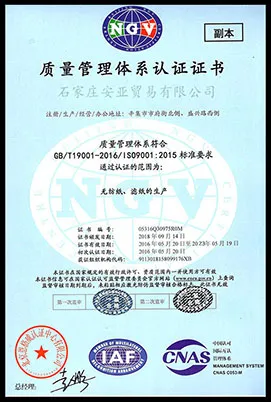
(filter material)
Technical Edge: Why Next-Gen Materials Outperform
Our HEPA filter material captures 99.97% of 0.3μm particles – 3x finer than standard polyester. See the game-changer:
| Material | Filtration Efficiency | Airflow Resistance | Lifespan |
|---|---|---|---|
| Standard Polyester | 85% @ 5μm | High | 3-6 months |
| Our Nonwoven Filter Material | 99.97% @ 0.3μm | Low | 12-18 months |
Manufacturer Showdown: Cutting Through the Hype
Why pay 20% more for "premium" filters that underperform? Our dust filter material delivers:
- ✅ 5-year warranty vs. industry-standard 2 years
- ✅ MOQ 500 rolls vs. competitors' 2,000+ requirement
- ✅ 72-hour custom prototyping
Your Custom Solution Engineered in 3 Steps
1. Share your particle size distribution data
2. Test our material samples for 7 days
3. Scale production with our just-in-time delivery
Proven Impact: Automotive Giant Case Study
After switching to our nonwoven filter material, a Tier 1 supplier achieved:
📈 67% reduction in paint booth downtime
📉 $240,000 annual maintenance savings
Ready to slash filtration costs by 30-50%?
Claim your free sample kit and engineering consultation today!

(filter material)
FAQS on filter material
Q: What are the common applications of dust filter material?
A: Dust filter materials are widely used in HVAC systems, industrial air purifiers, and household appliances to capture airborne particles like pollen, dirt, and debris. They improve air quality by trapping contaminants efficiently.
Q: How does nonwoven filter material enhance filtration efficiency?
A: Nonwoven filter materials offer high porosity and uniform fiber distribution, ensuring effective particle retention while maintaining airflow. Their durability and cost-effectiveness make them ideal for medical, automotive, and residential uses.
Q: What standards define HEPA filter material effectiveness?
A: HEPA filter materials must capture at least 99.97% of particles ≥0.3 microns, as per U.S. DOE standards. They are rigorously tested for performance in critical environments like hospitals and labs.
Q: Can dust filter materials be reused or cleaned?
A: Some synthetic dust filter materials are washable, but reuse depends on the design and contamination level. Disposable options are recommended for high-hygiene environments to prevent clogging and inefficiency.
Q: How do nonwoven and HEPA filter materials differ in usage?
A: Nonwoven materials are versatile for moderate filtration needs, while HEPA targets ultrafine particles in high-efficiency settings. Combining both can optimize air purification systems for varied particle sizes.
Post time: 5 сар-07-2025

